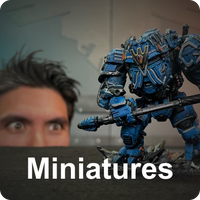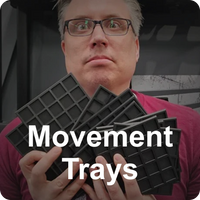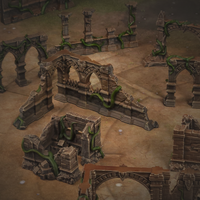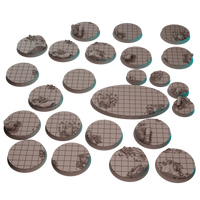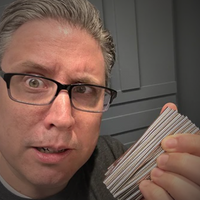Historic Wargame Terrain
Let customers speak for us

Get Your Hands On Our Favorite Minis And Terrain From 17 Years Of Creating Content
We've produced thousands of battle report videos across dozens of narrative campaigns. Now with The MiniWarGaming Forge you can get direct access to the amazingly detailed minis and terrain we use to bring stories to life on the tabletop.
Join the thousands of wargamers who trust MiniWarGaming Forge to enhance their tabletop adventures.
Historic Wargame Terrain
Frequently Asked Questions
What are the Key Features and Historical Significance of Wargame Terrain?
What are the Key Features and Historical Significance of Wargame Terrain?
Why is Historic Wargame Terrain Essential for Enhancing My Tabletop Battle Experience?
Why is Historic Wargame Terrain Essential for Enhancing My Tabletop Battle Experience?
Can I Incorporate Historic Wargame Terrain into Regular Tabletop Gameplay?
Can I Incorporate Historic Wargame Terrain into Regular Tabletop Gameplay?
Where Can I Find High-Quality Historic Wargame Terrain for Purchase?
Where Can I Find High-Quality Historic Wargame Terrain for Purchase?
Which Tabletop Wargames Are Compatible with Historic Terrain Pieces?
Which Tabletop Wargames Are Compatible with Historic Terrain Pieces?
What materials are typically used to make Historic Wargame Terrain?
What materials are typically used to make Historic Wargame Terrain?
How can I tell if Historic Wargame Terrain are high-quality?
How can I tell if Historic Wargame Terrain are high-quality?
Is Historic Wargame Terrain Suitable for Use in Official Tournament Settings?
Is Historic Wargame Terrain Suitable for Use in Official Tournament Settings?
Can Historic Wargame Terrain Pieces Be Integrated with other Tabletop Game Sets?
Can Historic Wargame Terrain Pieces Be Integrated with other Tabletop Game Sets?
What Are the Best Techniques for Painting Historic Wargame Terrain Pieces?
What Are the Best Techniques for Painting Historic Wargame Terrain Pieces?

